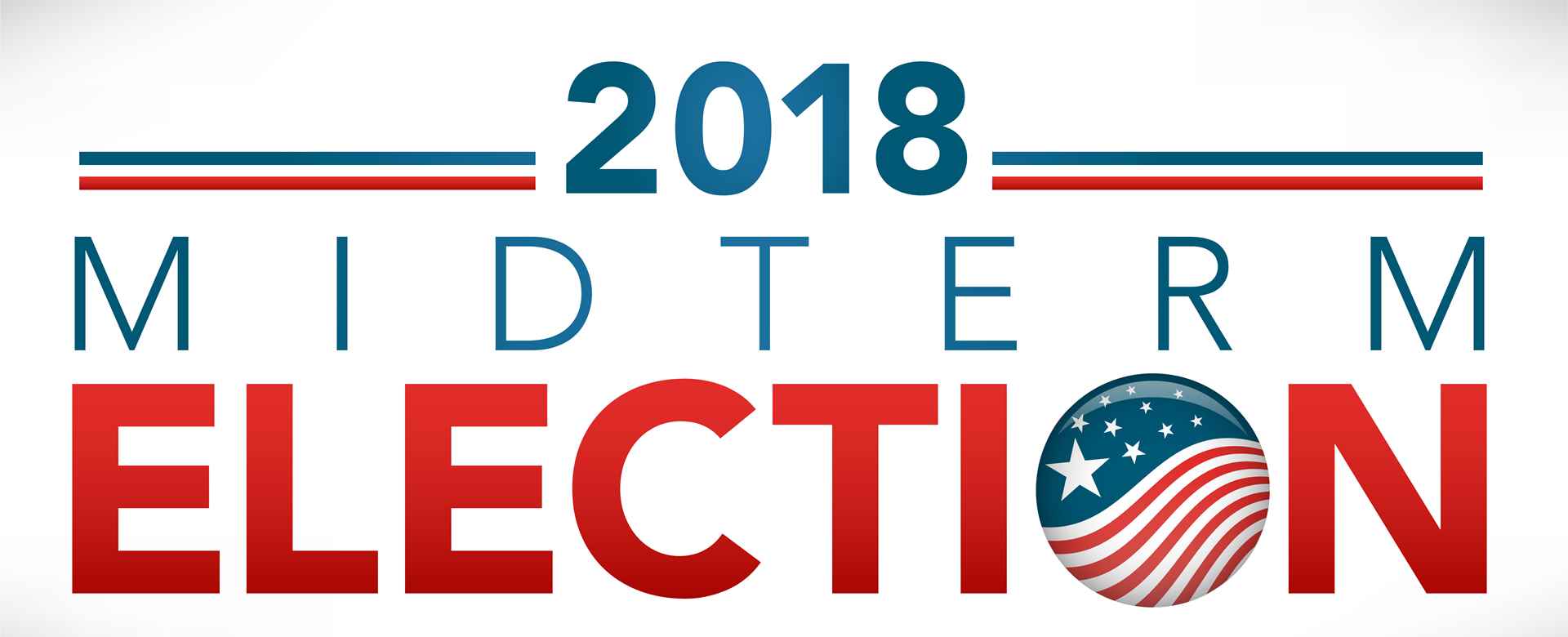The 2018 midterm elections ended a few weeks ago (and in a couple states, continuing on). The election outcome resulted in the Democrats taking over the United States House majority and the Republicans retaining predominance in the Senate. According to preliminary exit polling, more than 40 percent of voters cited healthcare as the most important issue in the election, far ahead of immigration and the economy. Two issues will most likely come to the forefront with these recent election results: Medicare for All and Medicaid Expansion.
Medicare for All
The Democratic push to make Medicare available to every U.S. citizen, not only those 65 years of age and older, will most likely be stronger with the change of hands in the House. Dubbed “Medicare for All” by many politicians, the details of this type of single-payer plan aren’t fully clear in either party, which means it could have a difficult time making it through both the House and Senate without a defined budget and major modifications. Either way, the general aim of the GOP to repeal the Affordable Care Act will probably stall, at least until after the presidential election in 2020.
A major concern for many voters is the protection for insurance consumers with pre-existing conditions. For the estimated six in ten adults in the U.S. who have a chronic disease, that certainly was a critical consideration in their vote.
Medicaid Expansion
According to U.S. law, states that want to expand Medicaid to cover residents with a household income below a specified level can do so and receive matching funds from the federal government. Three states–Idaho, Nebraska and Utah–voted in the midterm election to expand the program, while Massachusetts turned down the ballot initiative. This expansion is estimated to cover approximately 300,000 residents with low income, including around 62,000 in Idaho, 90,000 in Nebraska and 150,000 in Utah.
Prescription Drug Costs
Another area that has potential to be affected by the recent election is prescription drug costs, which account for $1 out of every $6 in Medicare spending. In 2017, prescription sales in the U.S. totaled an estimated $455.9 billion. A number of Democrats said before the recent election that addressing the high prices of prescription drugs will be on of their top priorities over the next two years.
For more information on changes within the healthcare industry, please read the AMR Blog.
